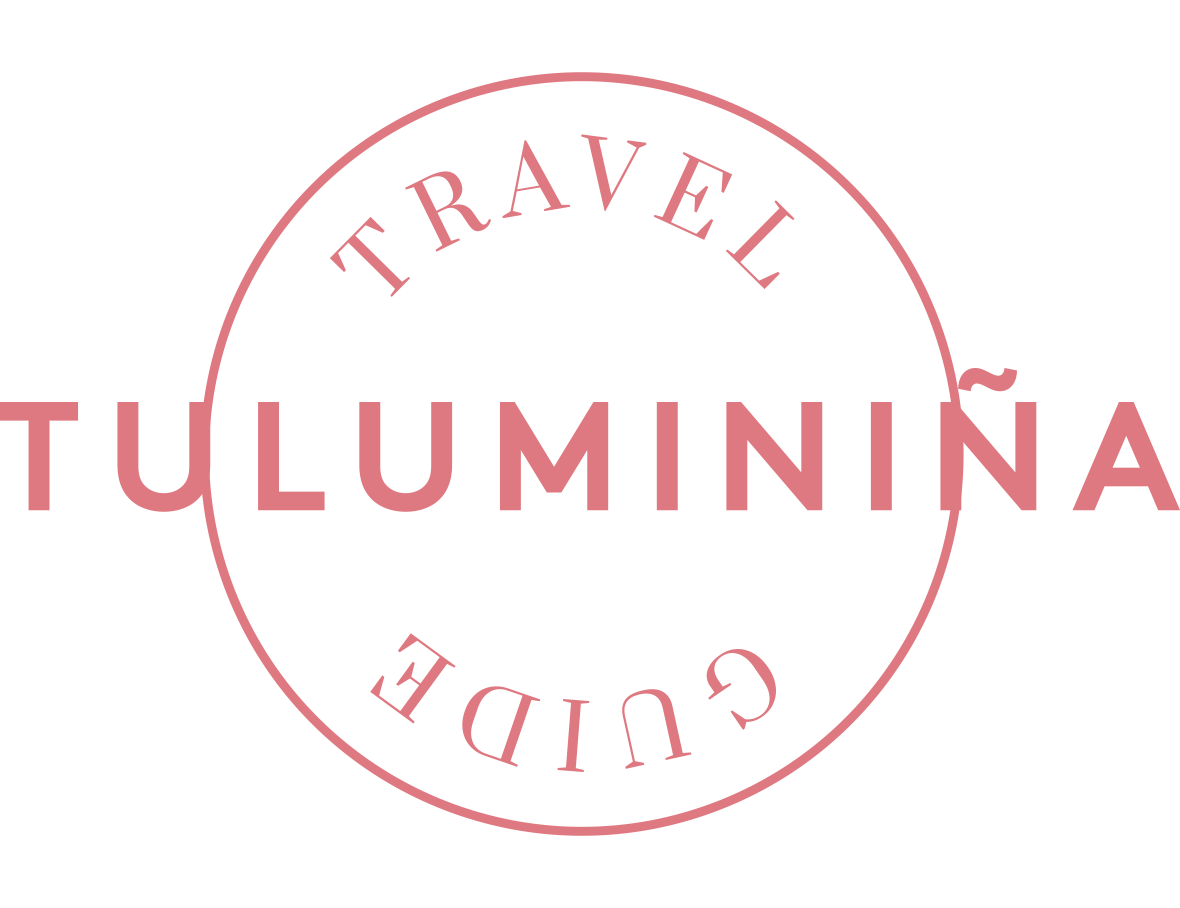Sea of grass: the why behind the Sargazo flood
/What tourists want: clean untouched beaches like the ones they see on Instagram or in travel brochures. But those pictures are outdated. By now, the reality in the Caribbean looks quite different. What tourists get: beaches full of rotting seagrass.
“Hotels don’t employ enough cleanup personnel”, “Well, I think I came here with a bad timing”, “Probably the region can’t afford seagrass nets, to stop it from washing ashore.”
— Some replies I got, when talking with tourists about Sargazo
Interestingly, no one holds himself responsible for the mess. After spending lots of money for a picture perfect holiday vacationers now are getting the ugly side of it. They feel betrayed.
The “red tide” in Tulum. Picture from Lost Le Blanc.
The not-so-obvious obvious reasons
But looking at the past media coverage about the problem, they can’t be blamed. Many online articles state that seaweed is swelling up “mysteriously” and leave readers in the dark. But some facts for the so called “red tide” rolling to the shores of Mexico and the US are pretty clear – like the Sargazo Sea itself, which is also known for it’s impressing underwater visibility of up to 60 meters.
Fact 1: Global warming. Sargazo is a tropical plant. In the warming waters caused by climate change (due to increasing CO2 in the atmosphere) it simply blooms more.
Fact 2: Pollution. Seagrass feeds on tiny nutrient particles like bacteria. With a higher ocean pollution, the plant has more food and grows better than never before.
People have been polluting the oceans over the last decades. That makes each one of us the true reason for the algae flood – irresponsible companies leading toxins in rivers and seas or using pesticides that flow into the groundwater to ocean outlets as well as us careless individuals, buying the stuff from those companies, alike.
More pollution results to more Sargazo – a simple equation. When will humanity be intelligent enough to solve it? We have to start to thinking. Because the story goes on.
How Sargazo affects human health
The Sargazo Sea is a vast body of water in the North Atlantic Ocean, out on the East coast of the United States. It’s bounded by four currents building an ocean gyre and is known for its brown algae accumulations. Actually this seaweed is a well balanced ecosystem. It’s home to around 200 species of sea animals. For example, baby sea turtles seek shelter and feed in the floating plains.
But now, due to growing ocean pollution, the accumulations of seaweed include more and more plastic trash, which has the capacity to absorb chemicals from the water. Many animals mistake floating toxin loaded micro-plastic as food. The toxins then wander from their digestive system into their fat tissue, which are the parts of seafood we like to eat. So, human trash potentially poisons any living being that eats it. Including ourselves.
Let’s be aware that we are part of the problem and choose carefully what we consume. The seaweed doesn’t only ruin the beauty of our holiday destinations, it also might have a negative effect our inner wellbeing in the future.
PS: You care about sea turtles? Here are some more facts how too much Sargazo washed ashore can turn from benefiting them to threatening them.
Heaps of seagrass can make it difficult for turtles to come to the beach to lay their eggs. As well the small hatchlings have a hard time to reach the water, because they simply can’t cross the mountains of algae or get entangled in them.
When the seagrass is removed from the beach with heavy machinery it presses down the sand, which can crush turtle nests. Also, the process removes a lot of sand leading to erosion of the beaches affecting their whole ecosystem




